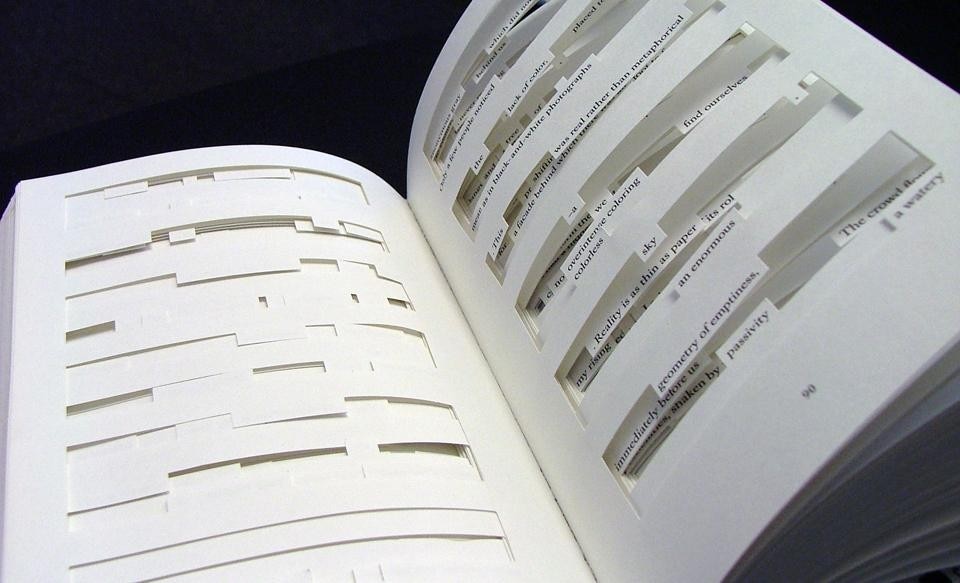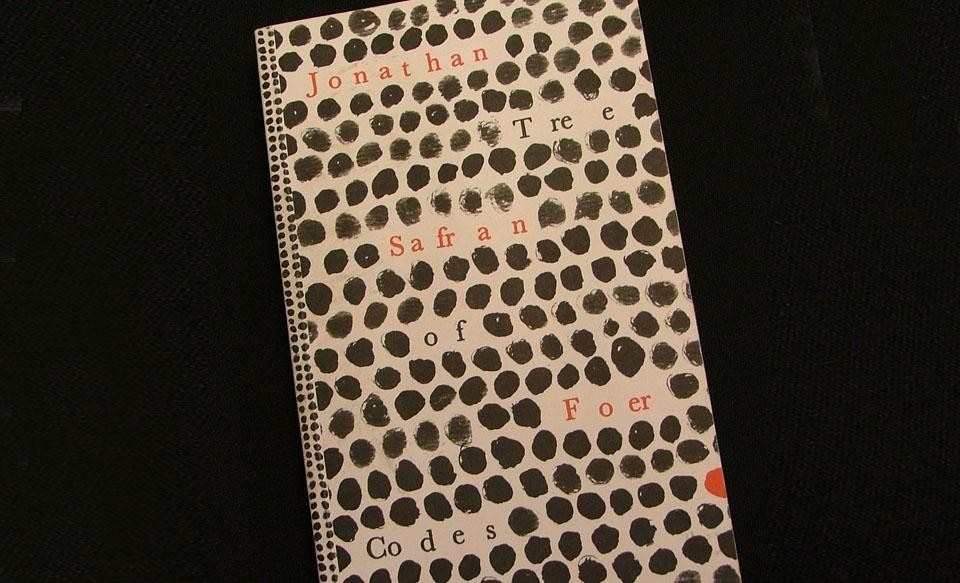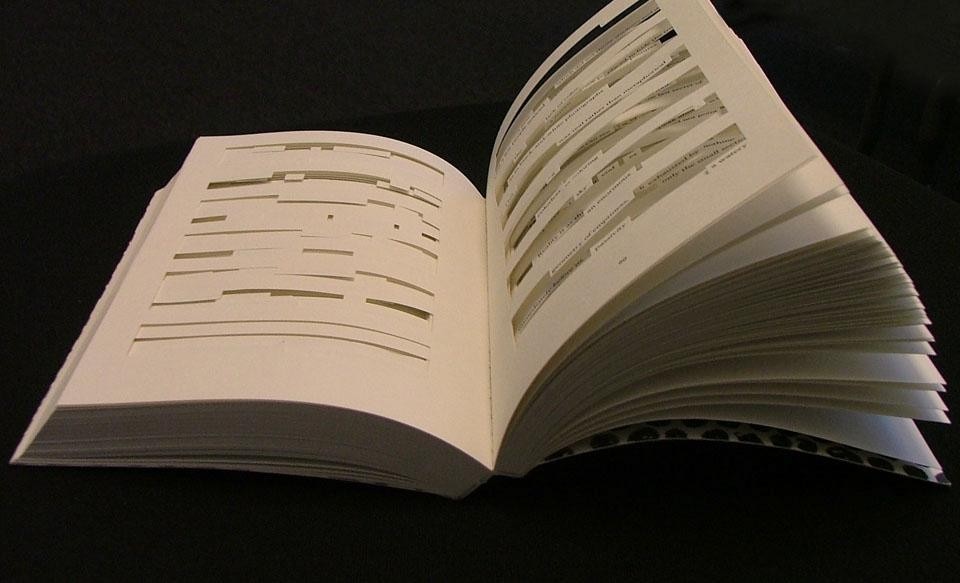Jonathan Safran Foer's latest book, Tree of Codes, would lead one to think not. Recently published in England by Visual Editions, a publishing company specializing in "great looking stories," Tree of Codes is presented as a violently censored text or as a book that was plundered by the paper-cutter of an author of an anonymous letter. On each page are just a few words or a few sentences; among them, vast areas are cut out to allow the reader to perceive the continuation of the book, suggesting the original placement of those fragments in a "full" and traditional layout, but without being able to reconstruct its context. Those fragments - those words - compose a story. That story is Tree of Codes by Jonathan Safran Foer; but it has not always been his. Originally, it was buried between the still intact pages of The Street of Crocodiles by Bruno Schulz.

Schulz; who knows how many others were entrusted to the author's friends and neighbors while he was sent to a concentration camp. Schulz was never to leave that concentration camp; his work never left the hands it was entrusted to. What's left? Exactly what remains of The Street of Crocodiles in Foer's book: fragments, waste, deletions, visible at intervals among the wounds on the page - the holes and cuts. To be able read the book, it is necessary to skip over them, trying to ignore them. But anyone who picks up Tree of Codes soon realizes that it is impossible. The other words are still there.

Foer's voids seem to allude to this text. It is a text within which every writer - now sculptor - can find all possible texts, the Divine Comedy and the Tree of Codes, the Italian Constitution, Constantine's edict, the first page you ever read, the next one that you will read. They are there, among the other words. Vincenzo Latronico

